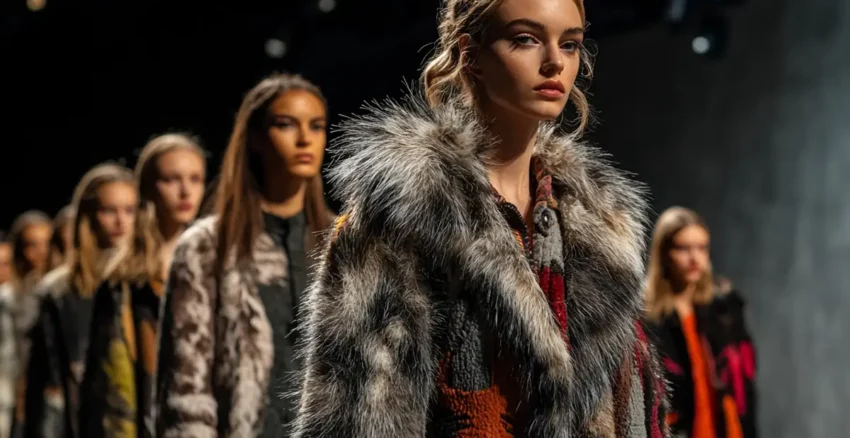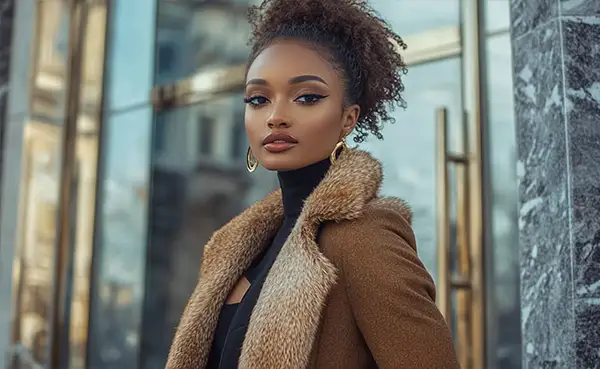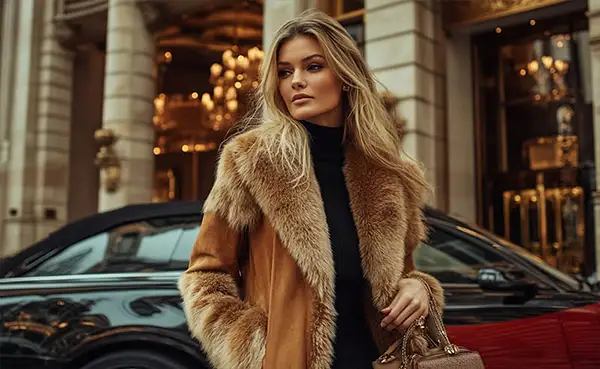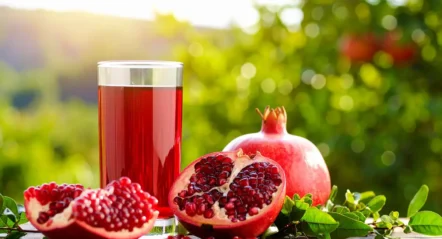Looking Ahead: Can Vegan Fur Reformulate Winter Luxury in India?
As international fashion brands release their autumn/winter collections, a new luxury is emerging—one that doesn’t come from animal fur or plastic-based substitutes. As India enjoys the summer heat, the world of fashion is already predicting cooler fashion, and behind it is an increasing desire for sustainable, plant-based faux fur. Will this innovation revolutionize winter fashion in India’s changing luxury scenario?

Even as India welcomes summer, the fashion world elsewhere is already dictating the trends for autumn/winter 2025–26—with fur staging a comeback. But this time, it comes with a crucial twist: a more nuanced discussion on ethics, sustainability, and material breakthroughs.
Actual fur has been linked to cruelty and environmental degradation for centuries, and faux fur, usually constructed from synthetic materials such as polyester, is problematic because of its fossil-fuel basis and lack of biodegradability. But now, as the fashion industry seeks alternatives, plant-based faux fur is showing itself to be a viable solution.
In India, fur has never been highly sought after because of the weather and cultural inclination. However, with the advent of luxury fashion, the Bollywood influence, and the growing trend of sustainability among young consumers, the demand for statement pieces such as faux or vintage fur is on the rise—particularly in cities such as Mumbai, Delhi, and Bangalore.



Around the world, fashion brands started abandoning actual fur around 2017. Ever since then, fake fur has become top-quality items that almost exactly resemble the feel and look of the actual fur. But the downside is still there: most artificial fur is made of plastic and contributes to landfills.
This is where innovation comes in. Materials such as plant fur, made from nettle, flax, and hemp, are paving the way. Such eco-friendly materials give the luxe texture of fur without killing animals or the planet. Indian designers and sustainable fashion brands are beginning to experiment with such materials, keeping in line with the nation’s growing interest in sustainable fashion.


In contrast, vintage and second-hand fur is becoming increasingly popular as well, with consumers looking for more ethical and circular options. Thrift platforms and editorial vintage stores in India are witnessing a growing demand for statement winter attire, especially among Gen Z and millennials who are searching for uniqueness and mindful consumption.
Nevertheless, the argument rages on. Some animal rights activists believe that even retro fur represents stale values. But for others, the answer is innovation: the fusion of tradition, technology, and morality to give rise to something altogether new.
While India’s fashion identity becomes more global but stays true to sustainability, perhaps the fur of the future has little to do with animals or plastic—but with plants.
Inflect.in — Your daily dose of stories that inform, inspire, and ignite curiosity. Follow us for more!
Featured

Latest Post

AI in Healthcare: Smarter, Faster, and Accessible

Is Co-Sleeping Safe for Babies? Pros, Risks,

Pomegranate Benefits: Why Eating Anar or Drinking

Ma Yansong: Shaping the Future of Architecture

AI in Healthcare: Smarter, Faster, and Accessible

Is Co-Sleeping Safe for Babies? Pros, Risks,

Pomegranate Benefits: Why Eating Anar or Drinking







